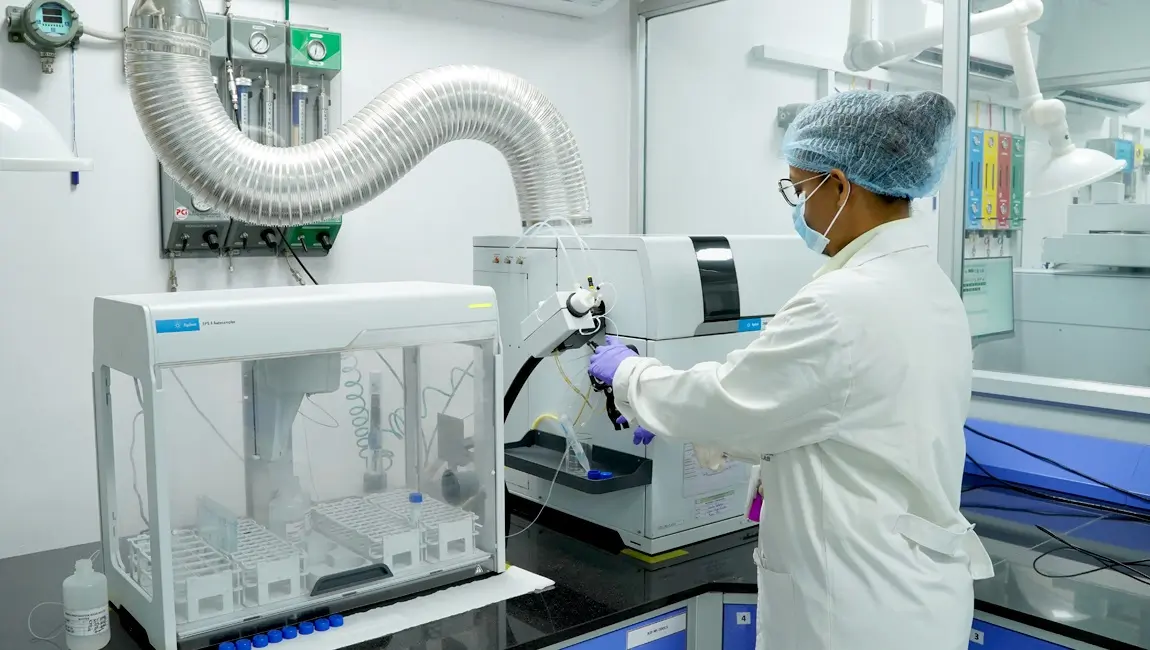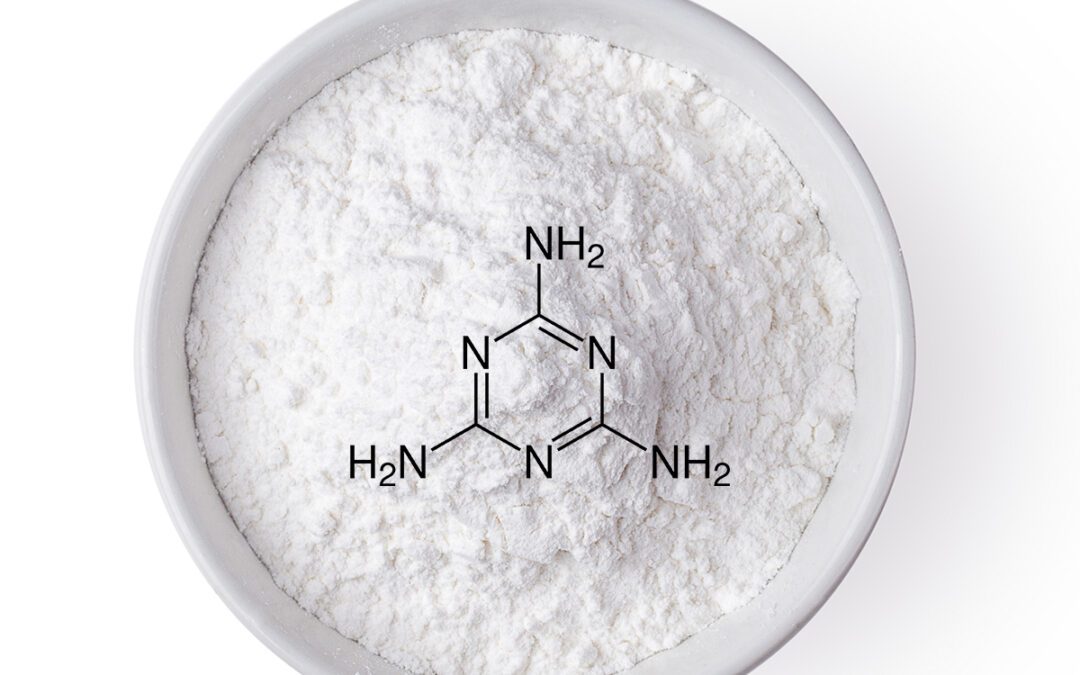Melamine is still a silent threat to food safety, posing considerable snags to food regulation in all nations. This seemingly harmless chemical compound, with its white crystalline form, has made its way into the food chain, posing as a protein booster while disguising its evil nature as a poisonous toxin. The story of melamine contamination and its consequences serves as a warning narrative, emphasizing the vulnerability of our global food supply chain and the critical need for strong regulatory measures thoroughly worldwide. Melamine, also known as 2,4,6-triamino-1,3,5-triazine, was initially synthesized in the nineteenth century and gained commercial importance due to its adaptability in a variety of production processes. Melamine, initially used to produce plastics, adhesives, and flame retardants, has now made its way into the food sector by tricking standard proteins testing through its nitrogen-rich makeup.
How the melamine adulteration concept was one of dangerous cunning
Manufacturers could fraudulently boost the estimated protein content of food products by adding melamine to them, particularly dairy products such as milk and powdered infant formula. This dishonest approach promises increased revenues by fraud way of decreasing production costs. However, the implications of melamine adulteration go far beyond the financial advantage. When swallowed, melamine can produce toxic crystals in the urinary system, causing renal failure, kidney stones, and potentially fatal consequences. This insidious toxicity was tragically demonstrated in the infamous Chinese milk incident of 2008 when melamine-contaminated infant formula killed six babies and harmed hundreds of thousands of others.
Identifying melamine in food products caused global concern and prompted urgent requests for improved food safety procedures. Governments and regulatory bodies must set stronger standards, expand surveillance, and impose severe measures against food fraudsters.
How melamine is a challenging task to detect in food
Despite these attempts, the ghost of melamine continues to haunt the food business, resulting in rare outbreaks and contamination. Melamine detection presents numerous obstacles, as its tasteless, odourless, and colourless qualities render it nearly undetected using normal sensory checks. Furthermore, the global structure of food supply monopoly complicates oversight, allowing unscrupulous players to exploit regulatory flaws and engage in illegal activities.
How we can combat melamine adulteration

To tackle the widespread threat of melamine adulteration, a multifaceted strategy is required. Enhanced testing procedures that employ modern analytical techniques, such as liquid chromatography-mass spectrometry, provide greater sensitivity and accuracy in detecting trace levels of melamine.
Consumer awareness and empowerment are also important in reducing the risks connected with melamine contamination. Educating the public on the hazards of food fraud, encouraging vigilance while reading labels, and cultivating an accountability culture within the food business can help customers make informed decisions and demand greater openness from manufacturers.
Beyond urgent regulatory measures, addressing the underlying causes of food fraud necessitates a comprehensive re-evaluation of industry policies and incentives. Pressures to maximise profits, meet market demand, and compete in a globalised economy must be balanced against the need to ensure food safety and quality.
Finally, melamine serves as a warning about the dangers of adulterants in our food supply. We make proactive actions to strengthen food safety procedures, improve detection capabilities, and develop a culture of transparency and accountability. By tackling the looming spectre of melamine with will and determination, we can protect consumers’ fundamental right to safe, nutritious, and unadulterated food, ensuring public health and well-being for future generations.
How Cultivator Phyto Lab helps you to identify the white poison in your food

Cultivator Phyto Lab Pvt. Ltd. utilizes advanced technology for adulteration testing of food products, complying with regulatory standards. We offer tailored services for laboratory testing to enhance your product’s quality control
Authors

Dr. Sanjoy Gupta (Ph.D)
Senior Officer- Training and Capacity Building
Dr. Sanjoy Gupta is a seasoned researcher with 13 years of experience across plant biotechnology, health science, nutrition, phytoplankton, and botanical studies. He has rich experience in research & development at reputed institutions like CSIR, IIP, BSI, NIOT, and Cultivator Natural Products. With over a dozen published articles in national and international journals and thoughtful blog contributions, Dr. Gupta’s multidisciplinary expertise advances knowledge in holistic wellness and scientific innovation.

Brij Kishore Vijaya
Senior Manager Quality Assurance
A seasoned quality assurance luminary at Cultivator Phyto Lab Pvt. Ltd., Jodhpur. His mastery in implementing ISO/IEC 17025:2017 QMS standards, navigating regulatory landscapes, and leading audits for prestigious bodies (USFDA, MHRA, WHO) makes him a cornerstone in quality management. GFLP-trained, ISO/IEC 17025 certified, and an Approved Analytical Chemist by the state FDA. Dual master’s degrees in Microbiology and Biotechnology, plus a PG Diploma in Food Safety & Quality Management. Prolific writer contributing to pharmaceutical and biotechnology discourse.
Reference :
- Sharma, K., Paradakar, M. The melamine adulteration scandal. Food Sec. 2, 97–107 (2010). https://doi.org/10.1007/s12571-009-0048-5
- https://en.wikipedia.org/wiki/Melamine
- https://en.wikipedia.org/wiki/2008_Chinese_milk_scandal
- https://www.hindawi.com/journals/jspec/2016/6184987/
- Chung, T., Tam, I.Y.S., Lam, N.Y.Y. et al. Non-targeted detection of food adulteration using an ensemble machine-learning model. Sci Rep 12, 20956 (2022). https://doi.org/10.1038/s41598-022-25452-3

